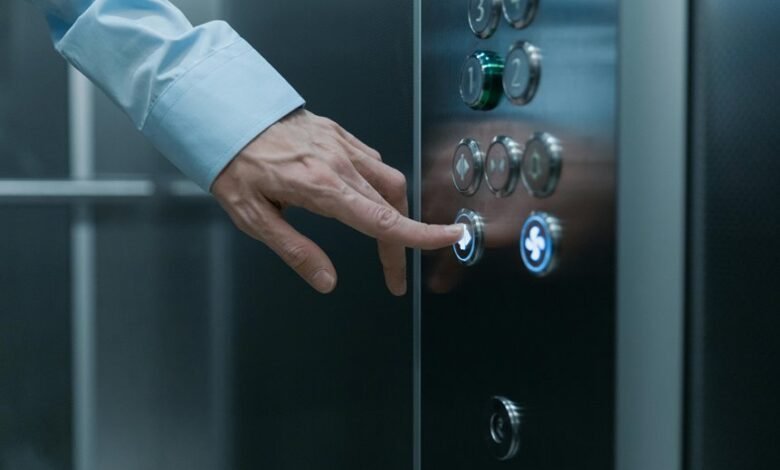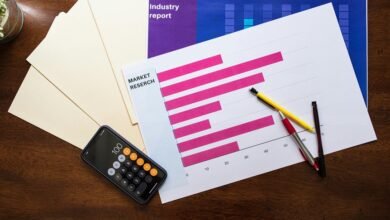2103210106 Missed Call Follow-Up Frequency

The frequency of follow-ups for missed calls, such as that of 2103210106, plays a crucial role in communication efficacy. Initiating contact within 24 to 48 hours demonstrates responsiveness. However, the challenge lies in determining the optimal intervals for subsequent follow-ups. Striking a balance between persistence and respecting the recipient’s schedule is essential. This leads to a deeper examination of what constitutes a successful follow-up strategy and its impact on customer relations.
Understanding the Importance of Timely Follow-Ups
Although many organizations recognize the significance of follow-ups, the impact of timely responses to missed calls is often underestimated.
Effective communication enhances customer engagement, fostering trust and satisfaction. By promptly addressing missed calls, organizations can demonstrate their commitment to customer needs, ultimately leading to stronger relationships and increased loyalty.
This strategic approach is essential for maintaining a competitive edge in today’s dynamic market.
Optimal Frequency for Follow-Up Calls
How frequently should organizations initiate follow-up calls after a missed connection?
Optimal call scheduling typically suggests a first follow-up within 24 to 48 hours, adhering to follow-up etiquette. This timeframe balances urgency with respect for the recipient’s autonomy.
Subsequent calls may occur within a week, ensuring persistence without overwhelming the individual, reinforcing a respectful communication strategy that aligns with organizational goals.
Crafting the Perfect Follow-Up Message
When organizations aim to enhance their follow-up communication, crafting an effective message becomes paramount to the success of re-engagement efforts.
The message tone should align with the recipient’s preferences, fostering a sense of connection.
Employing personalization techniques, such as referencing past interactions, can significantly increase engagement and response rates.
Measuring the Success of Your Follow-Up Strategy
Measuring the success of a follow-up strategy requires a systematic approach, focusing on key performance indicators (KPIs) that reflect engagement levels and response rates.
Essential metrics include tracking response rates and analyzing call outcomes to discern patterns in customer behavior.
Conclusion
In the landscape of communication, timely follow-ups act as the bridge connecting missed calls to meaningful engagement. Adhering to a structured frequency not only nurtures relationships but also cultivates trust, akin to watering a budding plant to ensure its growth. By carefully crafting follow-up messages and analyzing their effectiveness, organizations can transform missed opportunities into fruitful dialogues, ultimately fostering customer loyalty and securing a competitive foothold in an ever-evolving market.




